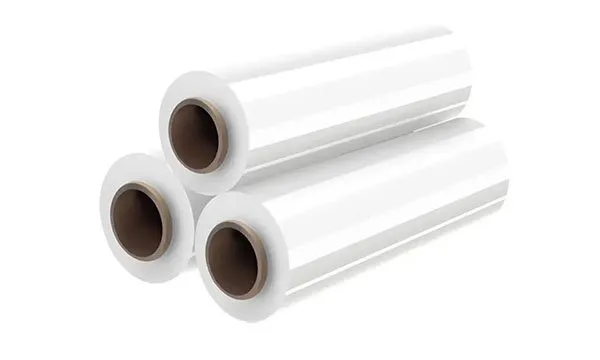The Environmental Impact of Disposable Plastic Coffee Cups
In today's fast-paced world, convenience often trumps sustainability, especially when it comes to everyday habits like drinking coffee. Disposable plastic coffee cups have become a ubiquitous part of our daily routines, but their environmental impact is increasingly coming under scrutiny. While they offer convenience, the long-term consequences for our planet are profound and alarming.
The Rise of Disposable Coffee Cups
The consumption of coffee has surged over the past few decades, with millions of people relying on their daily caffeine fix to fuel their busy lives. Coffee shops have capitalized on this trend by providing convenient disposable cups for takeout beverages. However, most of these cups are made from a combination of paper and plastic, making them difficult to recycle. In fact, estimates suggest that around 16 billion disposable coffee cups are used each year in the United States alone, contributing significantly to the global plastic waste crisis.
Material Composition and Recycling Challenges
Most disposable coffee cups are lined with a thin layer of polyethylene, a type of plastic that waterproofs the cup but also complicates the recycling process. When these cups are discarded, they often end up in landfills where they can take upwards of 30 years to decompose. The presence of plastic in these cups means that they are not easily recyclable, and many recycling facilities do not accept them. This results in the vast majority of discarded coffee cups having no proper disposal solution, exacerbating the already serious issue of plastic pollution.
Environmental Consequences
disposable plastic coffee cup

The environmental ramifications of disposable plastic coffee cups extend beyond their material composition. The production of these cups requires natural resources, including water and trees, contributing to deforestation and water scarcity. The extraction, manufacturing, and transportation processes are energy-intensive, leading to significant carbon emissions. Each cup represents not just the waste it will generate, but also the environmental cost incurred by its production.
Additionally, plastic is notorious for breaking down into microplastics, which can contaminate soil and waterways, threatening wildlife and potentially entering the human food chain. Research indicates that microplastics have been found in marine life, impacting biodiversity and raising concerns about human health risks.
Rising Awareness and Alternatives
Fortunately, awareness regarding the environmental impact of disposable coffee cups is growing. Many consumers are now seeking alternatives to single-use products. Reusable coffee cups made from stainless steel, glass, or sustainable materials are becoming the go-to option for environmentally conscious coffee drinkers. Many coffee shops also offer discounts to customers who bring their own cups, encouraging more sustainable practices.
Biodegradable and compostable cups are also gaining traction as potential solutions. However, it is essential to note that these alternatives still require proper disposal and may not degrade in all environments. Therefore, consumer education regarding appropriate disposal methods is crucial to ensure that these alternatives can effectively reduce environmental impact.
Conclusion
The convenience of disposable plastic coffee cups comes at a steep environmental cost. As awareness of their detrimental impact grows, both consumers and businesses must reconsider their habits. Transitioning to reusable options and supporting sustainable practices can significantly lessen our ecological footprint. Ultimately, it is our collective responsibility to seek alternatives that balance convenience with environmental stewardship, ensuring that future generations inherit a healthier planet. By making conscious choices today, we can reduce the demand for single-use plastics and pave the way for a more sustainable future.



